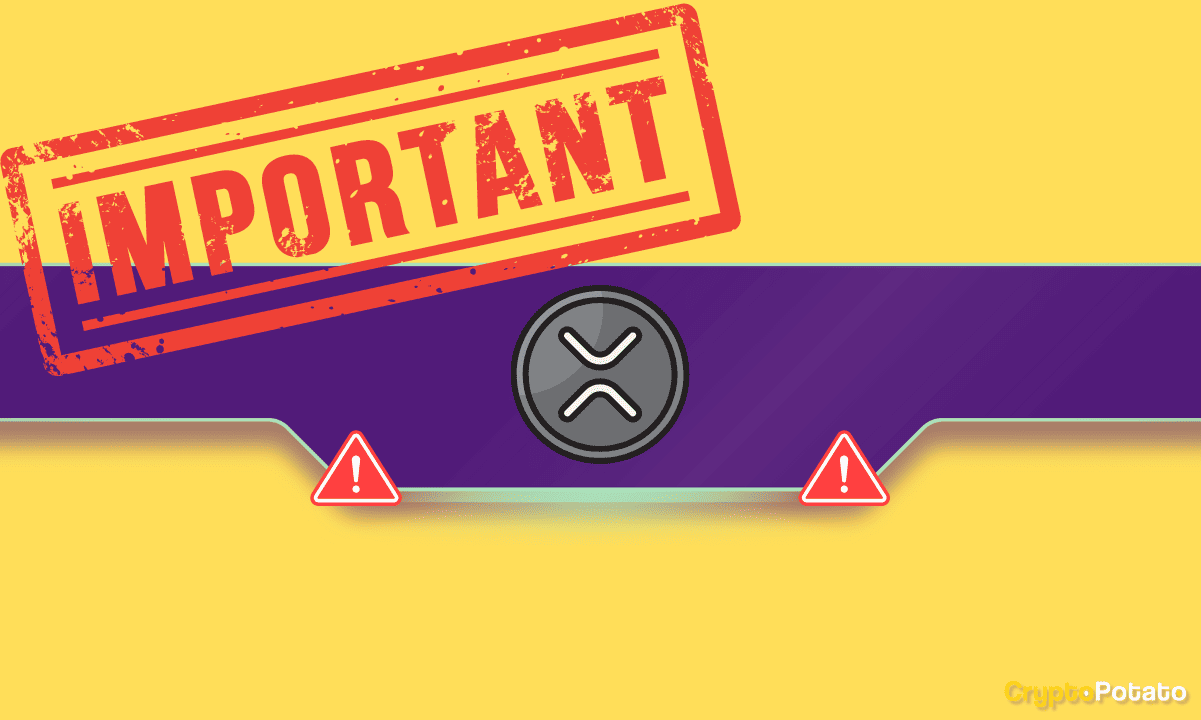Vitalik Buterin Calls for Deployment of zk-EVMs on Ethereum
Vitalik Buterin encouraged the deployment of Zero-knowledge Ethereum Virtual Machines (zk-EVMs) on the Ethereum mainnet.
In a blog post, Buterin stated that the zk-EVMs would speed up Ethereum’s verification process without affecting the network’s decentralization and security.
zk-EVMs to Interact With Ethereum’s Multi-Client Philosophy
According to the Russian-Canadian programmer, Ethereum maintains its security and decentralization through its multi-client philosophy, which enables users to run nodes through a collaboratively-managed specification, with multiple teams making implementations.
The Ethereum creator believes the whole validation process can be modified using zk-EVMs, which will improve the network’s scalability.
A zk-EVM is a new type of Ethereum Virtual Machine that enhances Ethereum’s scalability by generating zero-knowledge proofs while supporting smart contracts and application compatibility.
Ethereum layer 2 scaling solution Polygon has already deployed its zk-EVMs to improve transaction speed. Polygon’s zk-EVM aggregates multiple transactions into a single proof, allowing the network to execute them smoothly.
Buterin believes zk-EVMs should not be used for layer-2 protocols alone, as deploying them on Ethereum’s base layer (L1) is possible. He stated that zk-EVMs would solve Ethereum’s base layer verification problem.
“Once that happens, ZK-EVMs de-facto become a third type of Ethereum client, just as important to the network’s security as execution clients and consensus clients are today,” he said.
Deploying zk-EVMs on Ethereum’s Base Layer
Buterin further outlined various ways the zk-EVMs could be deployed on the Ethereum network, alongside their challenges.
The Ethereum developer mentioned the possibility of making the base layer function as a clearinghouse for L2 protocols while almost all activities are forced to move there. However, he disclosed that this option would make existing L1-based protocols become “economically nonviable” and increase transaction fees.
The second option would be to create a type 1 zk-EVM to verify the EVM execution of an L1 Ethereum block. While this option would have its challenges, the computer scientist believes developers would find a way to solve them.
“With these technologies in place, the future looks very good. Ethereum blocks would be smaller than today, anyone could run a fully verifying node on their laptop or even their phone or inside a browser extension, and this would all happen while preserving the benefits of Ethereum’s multi-client philosophy,” Buterin added.
The post Vitalik Buterin Calls for Deployment of zk-EVMs on Ethereum appeared first on CryptoPotato.









